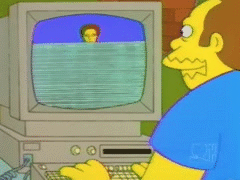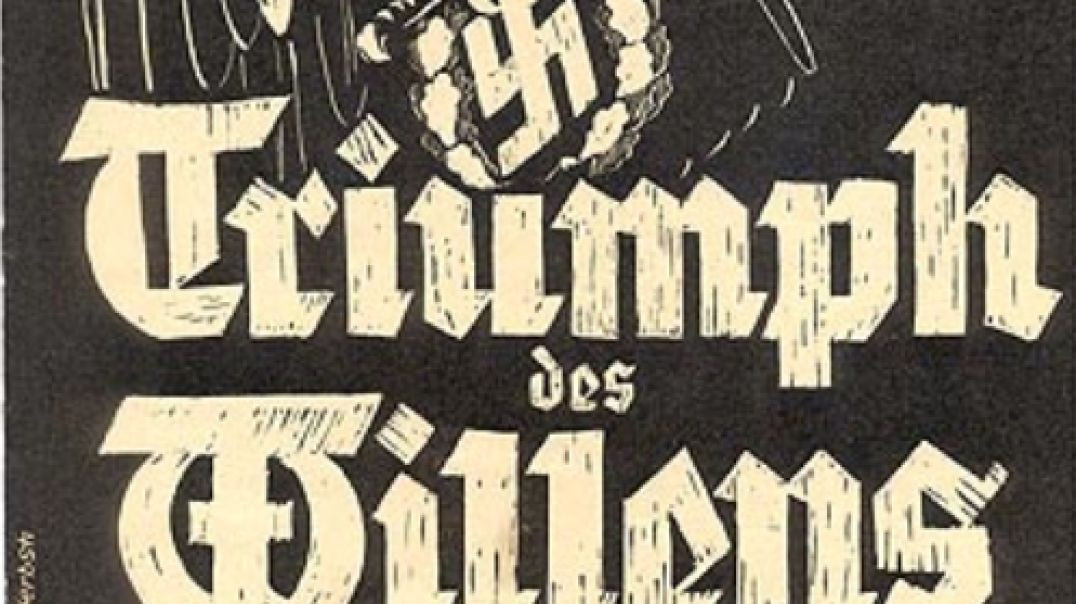Live streaming on Altcast.TV is now available!
LENI RIEFENSTAHL ☈ TRIUMPH OF THE WILL
In May 1934, five months before Hitler and his accomplices held their second Nazi Party Congress in Nuremberg, Germany, Leni Riefenstahl traveled to the city to prepare for the film she would make about this spectacle. She had already impressed Hitler and his minister of propaganda, Joseph Goebbels, with her documentation of the first Nazi Party Congress, Sieg des Glaubens (Victory of the Faith) (1933), celebrating Hitler’s rise to power. They saw in her style the ability to create an operatic image of a Germany imbued with an overwhelming might, order, and beauty that matched their own vision. So they provided Riefenstahl unstinting cooperation and resources, and, together with her, choreographed the Congress to optimize her filmmaking. She was given a company of cameramen and guards and freedom to construct elaborate bridges, towers, and tracks for her cameras. The result was Der Triumph des Willens (Triumph of the Will)—a Nazi propaganda film widely considered to be among the most effective of its kind.
Screens of text open the film, framing Hitler as a savior whose coming began “the German Rebirth.”1 The text fades to the first scene: Hitler’s airplane flying above clouds, which part to reveal Nuremberg, its streets filled with citizens marching in formation. In fact, the marches had not yet begun. Riefenstahl created the illusion of simultaneity by intercutting footage shot later with that of Hitler’s arriving airplane. As the plane lands, Riefenstahl cuts to throngs of admirers, forests of arms raised in the Nazi salute. Their dictator emerges, like a god descended to earth. The classical music overlaid onto these scenes swells to a triumphant crescendo as the crowds roar, “Heil! Heil!”
From its ecstatic beginning sequence, Triumph of the Will moves into the thick of the events of the Congress in scene after scene—staged for the camera—of rallies, speeches by Hitler and other key Nazi Party leaders, and masses of workers and soldiers standing or marching for Hitler’s review as crowds of Aryan onlookers cheer and salute. Riefenstahl cunningly shot and edited her footage to scramble the viewer’s perspective: she made crowds appear bigger, spaces seem vaster and more complex, and time itself feel alternately elongated or compressed. Extreme high- and low-angle shots of Hitler delivering his histrionic speeches position him as master of a world of impeccably ordered subjects. Swastikas and other Nazi iconography fill nearly every scene. The cumulative effect is a sense of the Nazis’ invincibility and the inevitability that they will remake Germany in their image.


